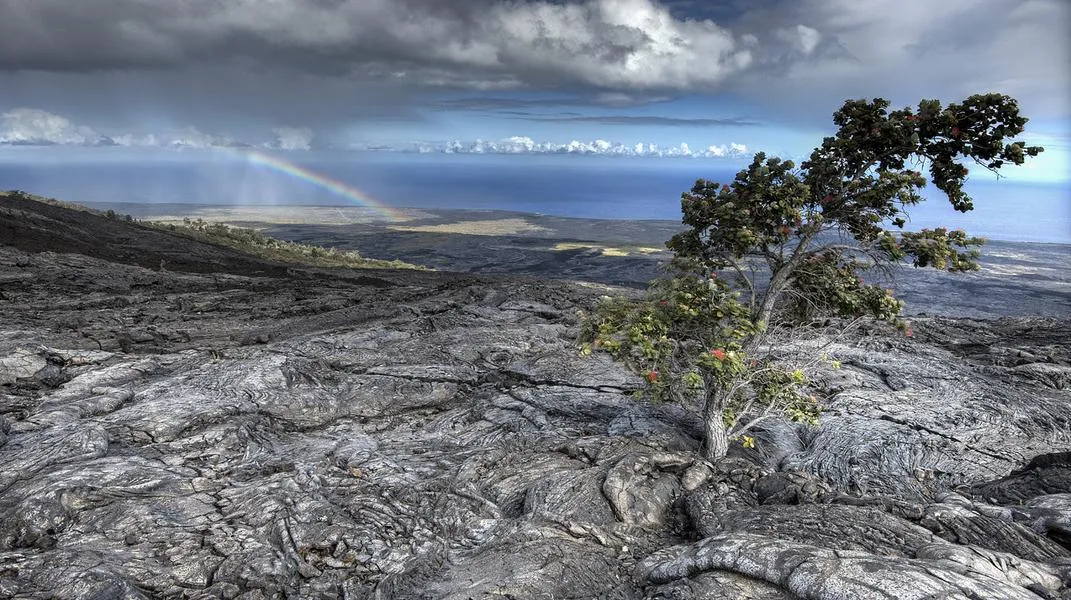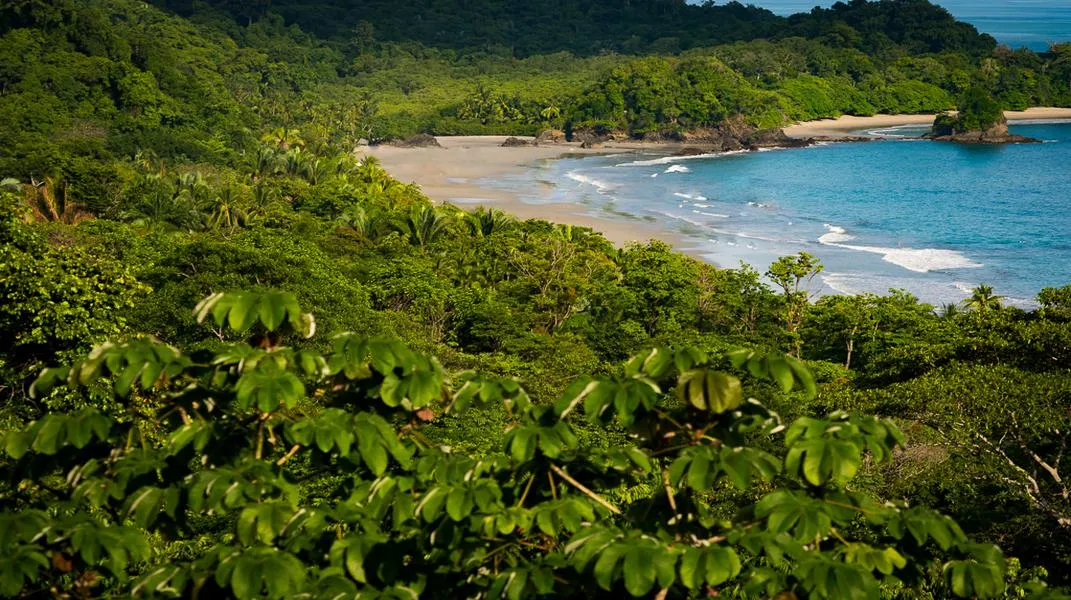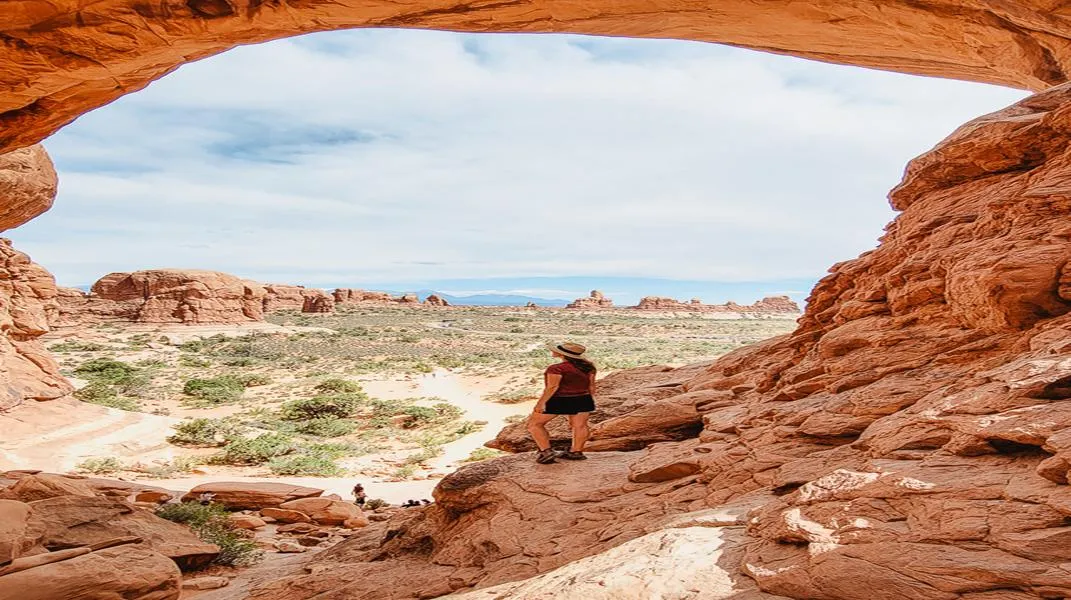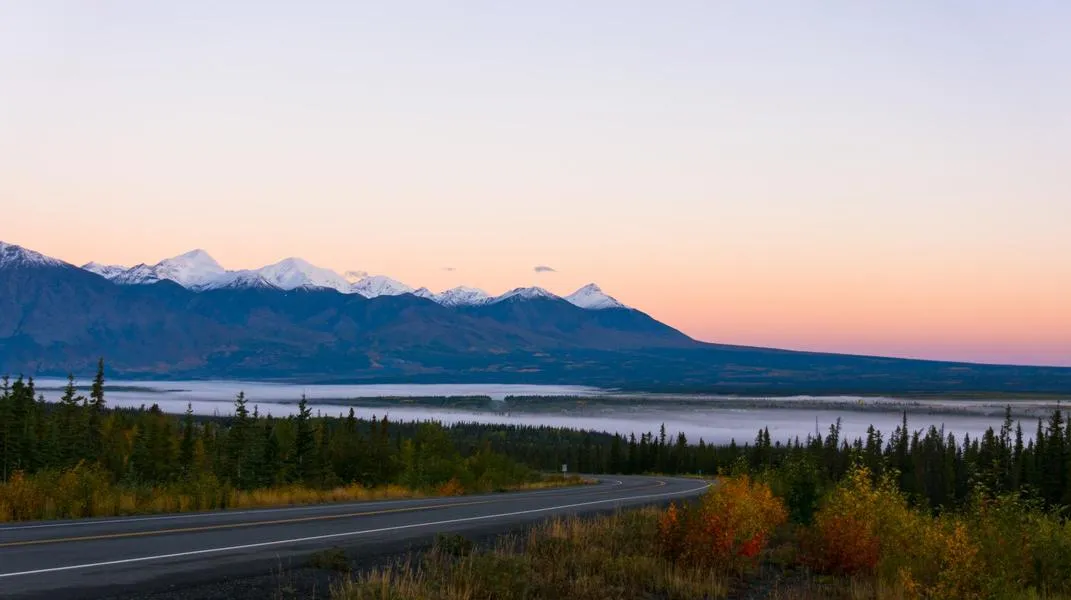Discovering Banff National Park: A Comprehensive Guide for Your Visit
Nestled in the heart of the Canadian Rockies, Banff National Park is a breathtaking expanse of natural beauty, rich history, and outdoor adventure. Established in

The Allure of Banff National Park
Scenic Landscapes
Banff National Park boasts a diverse range of landscapes, from towering mountain peaks to serene lakes and dense forests. The park spans over 6,641 square kilometers (2,564 square miles) and features several iconic landmarks, including:
- Lake Louise: Famous for its turquoise waters, Lake Louise is a must-visit. The lake is framed by the majestic Victoria Glacier and surrounded by towering peaks. In summer, visitors can canoe on the lake or hike the surrounding trails, while in winter, it transforms into a popular ice-skating rink.
- Moraine Lake: Located in the Valley of the Ten Peaks, Moraine Lake is known for its vibrant blue waters that are a result of glacial melt. The area offers stunning viewpoints, such as the Rockpile Trail, which provides a panoramic view of the lake and the surrounding mountains.
- Bow Valley: Stretching from Banff to Canmore, the Bow Valley is a scenic corridor renowned for its stunning views and outdoor activities. The Bow River, which flows through the valley, is popular for fishing and rafting.
- Peyto Lake: Recognized for its distinct wolf-head shape, Peyto Lake is another gem in the park. The viewing platform offers a breathtaking vista, especially during the summer months when the lake's color is at its most vibrant.
- Sulphur Mountain: Accessible via a gondola ride, Sulphur Mountain provides some of the best views in the park. The summit features boardwalks that allow visitors to explore the area and enjoy panoramic views of the surrounding mountains and Banff townsite.
Wildlife Encounters
Home to a diverse array of wildlife, Banff National Park is an ideal location for wildlife enthusiasts. Keep an eye out for:
- Elk: Commonly seen in the park, especially during the rutting season in the fall.
- Bighorn Sheep: Often spotted on the roadways, these sheep are a symbol of the Rockies.
- Grizzly and Black Bears: While sightings are less common, the park is home to both species. Always maintain a safe distance and follow park guidelines when encountering wildlife.
Outdoor Activities
Banff National Park is a paradise for outdoor enthusiasts. From hiking and skiing to mountain biking and hot springs, there are countless activities to enjoy throughout the year.
- Hiking: The park features over 1,000 kilometers (620 miles) of hiking trails, ranging from easy strolls to challenging backcountry routes. Some popular hikes include the Plain of Six Glaciers, Johnston Canyon, and the Iceline Trail.
- Skiing and Snowboarding: During winter, Banff becomes a winter wonderland. The area is home to three major ski resorts: Banff Sunshine, Lake Louise Ski Resort, and Mount Norquay. These resorts offer a range of runs for all skill levels.
- Mountain Biking: The park has a variety of biking trails, including those in the Tunnel Mountain area and along the Bow River.
- Hot Springs: For relaxation after a day of adventure, visit the Banff Upper Hot Springs. The natural mineral waters offer a soothing experience with stunning mountain views.
Preparing for Your Visit
To make the most of your trip to Banff National Park, proper planning and preparation are essential. Below is a comprehensive list of materials and considerations to keep in mind.
Essential Gear
- Clothing: The weather in Banff can be unpredictable, so layering is key. Pack moisture-wicking base layers, insulating mid-layers, and waterproof outer layers. Be sure to include a warm hat, gloves, and sturdy hiking boots.
- Backpack: A good-quality backpack is essential for day hikes. Look for one with padded shoulder straps and enough space for your gear.
- Food and Water: Bring plenty of snacks, a refillable water bottle, and a packed lunch for longer hikes. Hydration is crucial, especially at higher altitudes.
- Navigation Tools: A map of the park and a compass or GPS device can be invaluable, particularly for backcountry hiking. Mobile apps can also help, but ensure you have a backup in case of poor reception.
- Safety Equipment: A first-aid kit, a whistle, a multi-tool, and a flashlight are essential for safety. If you plan to hike in remote areas, consider bringing bear spray.
- Camping Gear: If you plan to camp, bring a tent, sleeping bag, and cooking equipment. Check the regulations and availability of campsites, as reservations may be required.
Travel Considerations
- Park Pass: A valid park pass is required to enter Banff National Park. Passes can be purchased at park gates or online. Consider a Discovery Pass for unlimited access to multiple national parks if you plan to visit more than one.
- Transportation: While Banff townsite is walkable, having a vehicle provides greater access to various attractions and hiking trails. Alternatively, consider joining guided tours or shuttles that operate within the park.
- Wildlife Safety: Familiarize yourself with park guidelines for wildlife encounters. Always maintain a safe distance, never feed animals, and store food properly to avoid attracting wildlife to your campsite.
- Weather Updates: Check weather forecasts before heading out, as conditions can change rapidly in the mountains. Be prepared to alter your plans based on weather conditions.
Best Times to Visit
Banff National Park is open year-round, but the best time to visit largely depends on the activities you wish to pursue.
- Summer (June to September): This is the peak season for hiking and outdoor activities. The weather is generally mild, and trails are accessible. However, expect larger crowds at popular attractions.
- Fall (September to October): With the changing foliage, fall offers stunning views and fewer crowds. Wildlife activity, particularly elk rutting, is at its peak during this time.
- Winter (November to March): A magical time for skiing and snowboarding, winter transforms the park into a snowy paradise. The hot springs are particularly inviting during this season.
- Spring (April to June): As the snow melts, spring offers great opportunities for wildlife watching and seeing waterfalls at their fullest. Trails may still be muddy or covered in snow early in the season.
Conclusion
Banff National Park is a treasure trove of natural wonders, offering unparalleled opportunities for adventure, relaxation, and connection with nature. Whether you're hiking the trails, marveling at glacial lakes, or soaking in hot springs, the park leaves a lasting impression on all who visit. By preparing adequately and respecting the natural environment, you'll ensure a memorable experience in this stunning corner of the Canadian Rockies. So pack your bags, lace up your hiking boots, and get ready to explore the beauty of Banff National Park!




